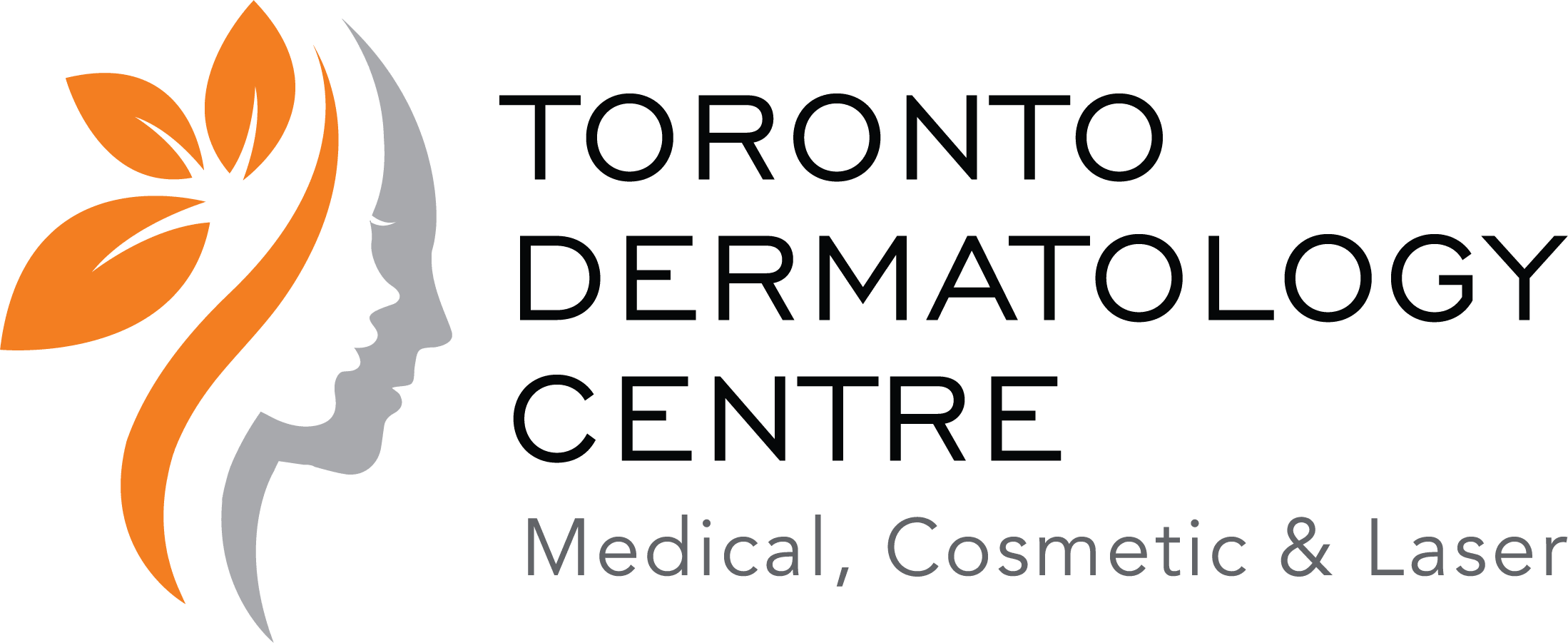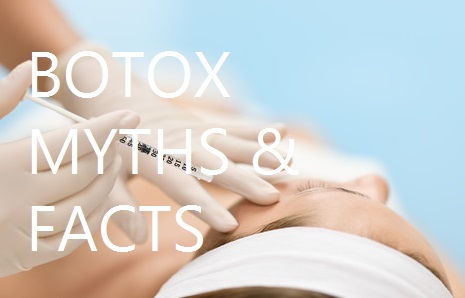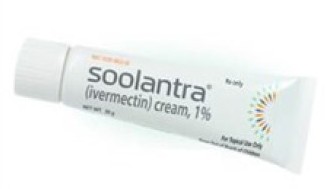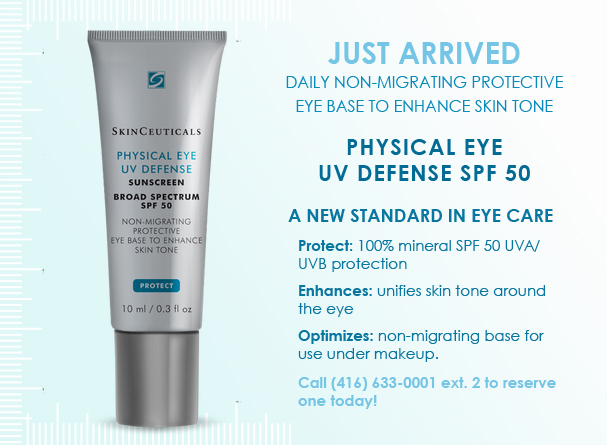The use of stem cells in skin care and esthetic medicine has generated a lot of excitement. However, there remains a great deal of confusion about the differences between growth factors, stem cells, plant stem cells and other related technologies. Let’s discuss the pros and cons of one of the most exciting technological advancements in skin care and hopefully get a little better understanding of what they are and how they can help us.
Plant stem cells:
Several companies offer plant stem cells, but they are not like human stem cells and do not provide any of the benefits of human stem cells. Plant stem cells appear to provide some modest improvements in the skin, but they are primarily formulated in conjunction with other actives or peptides because they are not very active themselves. Often, they are a plant extract and offer a similarly modest impact on the skin. They are not making growth factors or activating wound-healing the way human stem cell technology does.
Human stem cells:
Human stem cells are primarily being harvested from adults and have, therefore, become less controversial than in the past. Although they have potential in fat injections and face-lifts to offer more stable tissue replacement, they are otherwise not part of skin care as you know it. Instead, stem cells are being induced to make fibroblasts by implanting fibroblast DNA into a ghost cell. This is known as induced pluripotent stem cells (IPS). Stem cells can also be encouraged to grow skin-targeted growth factors by leaving them in the same growth media as a fibroblast. Let’s be clear: If you are simply using stem cells, the growth factors that might be made—and there’s no guarantee a cell will make growth factors—are less likely to be skin-specific. Some labs are harvesting stem cells from certain locations on the body to help with that issue, but that is a relatively new approach and does not apply to products on the market today. The gold standard is still to use fibroblasts harvested from circumcised infant skin. All cells are grown in an environment that is typically called “growth media.” It is the concentration of growth factors in the growth media, their stability, their delivery system and the amount of growth media used, which ultimately determine how effective a product can be. Those are the key areas to examine if you are trying to decide which product is best for you.
Growth factors:
What aging skin really needs are growth factors. Even the use of stem cells in plastic surgery is primarily with the hope that they will become growth factor production cells, such as fibroblasts or macrophages. The research shows that growth factors have the potential to increase collagen production and improve wound-healing, among other improvements. However, most growth factor research is done in vitro (test-tubes/petri dishes) and does not reflect the challenges that penetration has on those molecules. Typically, only a fraction of 1% of topically applied growth factors will actually penetrate the skin enough to activate anti-aging pathways. That being said, these molecules can be very powerful and remain an important part of a comprehensive approach to reverse aged skin. It is preferable that growth factors have a delivery system, such as liposomes, but there is promising new research on a process that creates growth factors that are enveloped in an exoskeleton that the cells naturally form. This exoskeleton has many receptors that increase penetration and activity along with improving stability.
One of the most challenging problems with growth factors and cytokines, or wound-healing peptides, is their stability. Without a stability system, growth factors will fall apart in the bottle or on the skin. Exoskeletons are a breakthrough, but there are other stabilized growth factors on the market. Most growth factors made individually are created by programming Escherichia coli (E. coli) bacteria. This process can match the amino acids, creating a bioidentical version, but it cannot mimic the three-dimensionality of human cell-derived growth factors. It is this special shape that makes growth factors from stem cells and fibroblasts much more stable and active in the skin.
Without a doubt, stem cells are definitely going to be part of the future of esthetic medicine. And although plant stem cells often act more like plant extracts, using human stem cells to make IPS cells that become fibroblasts; using stem cells that are encouraged to act like fibroblasts in the growth media; and using fibroblasts directly are all ways of growing the more than 150 different growth factors and cytokines naturally found in the skin. This is preferable to using one or two growth factors because they are more stable—it creates a more balanced anti-aging approach, and it replenishes everything that is lost instead of over-emphasizing one aspect of wound-healing.
No matter which product you select, growth factors are only a part of what is needed to achieve actual dermal thickening. The number of fibroblasts, the skin’s overall nutritional supply, immune cells and collagen-activators all decline as clients’ age. To make growth factors work optimally, they need to be combined with ingredients that can overcome these other bottlenecks in the age-reversing process. A home care regime that works synergistically will give your skin the best chance at slowing down the aging process and speeding up a healthier, fuller overall look.
~ Sheri Roselle, Medical Esthetician at Toronto Dermatology Centre





 I am still often surprised when patients come into our clinic and admit that they don’t wear sunscreen. Certainly I can understand that patients who are a little older may not be in practice of applying sunscreen daily or properly due in fact to being raised to believe that the sun is good for us. For those people, I say we may have been under that impression when we were young, but the world has changed and with the sun stronger now and the depletion of the ozone layer, you would have to be in complete darkness not to have heard that excessive sun exposure can be fatal.
I am still often surprised when patients come into our clinic and admit that they don’t wear sunscreen. Certainly I can understand that patients who are a little older may not be in practice of applying sunscreen daily or properly due in fact to being raised to believe that the sun is good for us. For those people, I say we may have been under that impression when we were young, but the world has changed and with the sun stronger now and the depletion of the ozone layer, you would have to be in complete darkness not to have heard that excessive sun exposure can be fatal.
